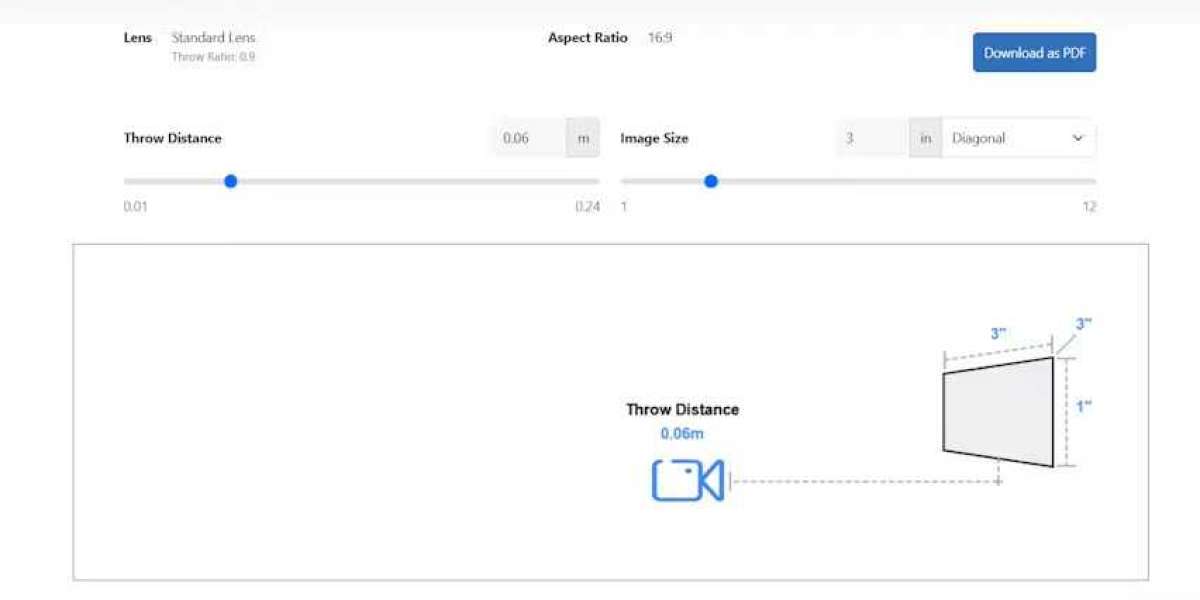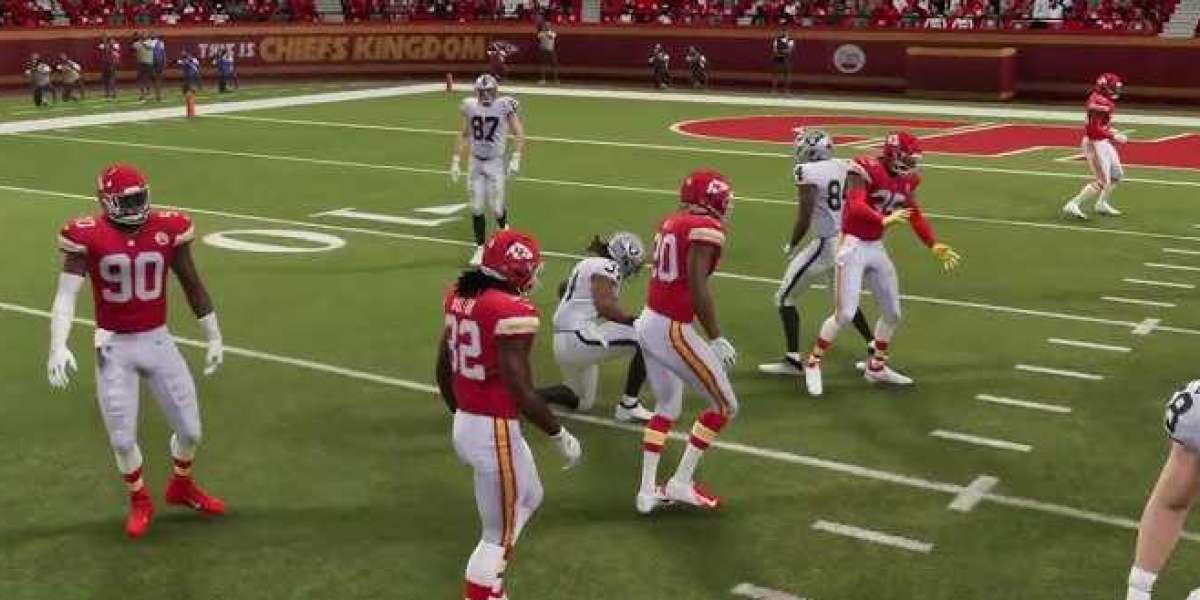When choosing a display solution for spaces exposed to daylight, businesses and AV professionals often face a critical decision. Should they invest in a video wall or a projector? The answer requires examining how each technology performs under natural light and considering the broader Video Wall vs Projector debate. Understanding brightness, contrast, image uniformity, and environmental factors is essential for making an informed choice that ensures clear and vibrant visuals throughout the day.
Introduction to Video Walls and Projectors
Video walls are composed of multiple LED or LCD panels seamlessly combined to create a single large display. They are known for their high brightness, color accuracy, and durability. Video walls are commonly installed in lobbies, retail spaces, control rooms, and other environments where images need to remain visible even in bright conditions.
Projectors use light to cast images onto screens or surfaces. Modern projectors include short throw, ultra short throw, and laser projection models capable of producing 4K and high brightness images. Projectors are widely used in conference rooms, auditoriums, home theaters, and temporary event spaces. While they offer flexibility and cost advantages, their performance in daylight environments can be more challenging.
Brightness and Daylight Visibility
The most significant factor in determining how a display looks in daylight is brightness.
LED video walls maintain very high brightness levels, often exceeding 1000 nits, which ensures that content remains visible even in direct sunlight or well lit rooms. This high brightness preserves image clarity, contrast, and color vibrancy, making video walls ideal for spaces with large windows or natural light sources.
Projectors rely on projected light, which can be overpowered by ambient daylight. Even high lumen projectors may struggle to maintain visibility in bright rooms. Achieving optimal brightness often requires specialized screens or controlled lighting, which can limit placement flexibility and increase costs.
Contrast and Color Accuracy
Contrast ratio and color fidelity also affect how displays perform in daylight.
Video walls offer high contrast ratios that maintain depth and sharpness in bright environments. Colors remain vivid, and details in both highlights and shadows are preserved. This makes video walls particularly effective for presentations, digital signage, and high detail content that must be legible at all times.
Projectors may exhibit washed out colors and reduced contrast when used in daylight. While ambient light rejecting screens can help, they add to the total investment and may not completely match the consistency of an LED video wall.
Image Uniformity
Uniformity of the image across the entire display area is another advantage of video walls in daylight.
Video walls provide even brightness and color across all panels, ensuring that no part of the image appears dimmer or distorted. This is especially important in commercial or professional settings where multiple viewers may be positioned at different angles.
Projectors, in contrast, can experience uneven illumination, hotspots, or shadowing depending on the room layout and screen surface. Brightness tends to fall off toward the edges of the projection, which can reduce overall image quality in daylight conditions.
Viewing Distance and Space Considerations
Viewing distance also influences daylight performance.
Video walls allow for close viewing without noticing individual pixels, making them ideal for conference rooms, lobbies, or retail spaces where people may be near the screen. Their brightness and clarity are maintained regardless of how close viewers are to the display.
Projectors are more suitable for larger spaces where viewers are farther away from the screen. While ultra short throw projectors reduce shadows and allow closer placement, daylight exposure can still diminish perceived sharpness and visibility, particularly in spaces with high ambient light.
Installation and Environmental Factors
The installation environment is critical for determining performance in daylight.
Video walls are designed to handle continuous operation in various lighting conditions. Once installed, they provide consistent image quality without requiring additional modifications or lighting control. LED technology is resistant to glare and ambient light interference, making it reliable in sunny environments.
Projectors require careful placement, screen selection, and sometimes room modifications to reduce ambient light. Factors such as window size, curtains, and room orientation can significantly impact performance. Maintaining optimal image quality in daylight often adds complexity and cost to projector installations.
Maintenance and Long Term Performance
Long term performance also favors video walls in daylight environments.
LED video walls have long lifespans, minimal maintenance, and stable brightness over time. This ensures that image quality remains consistent regardless of sunlight exposure or daily operation.
Projectors may experience gradual brightness reduction due to lamp aging, dust accumulation, or lens wear. Laser projectors improve longevity, but periodic maintenance and recalibration are still required to maintain performance in daylight conditions.
Cost Considerations
While projectors often have lower upfront costs, video walls provide better long term value in daylight environments. The durability, consistent brightness, and minimal maintenance requirements of video walls often outweigh the initial investment, particularly in commercial and high use spaces.
Projectors remain a cost effective solution for darker environments or rooms with controlled lighting. However, for spaces exposed to significant daylight, achieving comparable visibility may require high brightness projectors, ambient light rejecting screens, and additional infrastructure, which can increase costs.
Conclusion
When evaluating Video Wall vs Projector for daylight performance, video walls consistently offer superior results. Their high brightness, uniform image quality, and resistance to ambient light ensure that content remains sharp and vibrant throughout the day. Projectors can perform well in controlled lighting conditions, but in naturally lit environments, they often struggle to match the clarity and consistency of LED video walls.
XTEN-AV provides AV professionals with advanced tools to plan, simulate, and optimize both video wall and projector installations. By calculating brightness requirements, screen placement, and room conditions, XTEN-AV ensures that organizations choose the right display technology for daylight environments, maximizing both visual performance and long term value.
For spaces exposed to natural light, investing in a video wall often provides the most reliable, high quality, and professional display solution.
Read more: https://ivebo.co.uk/read-blog/179813








